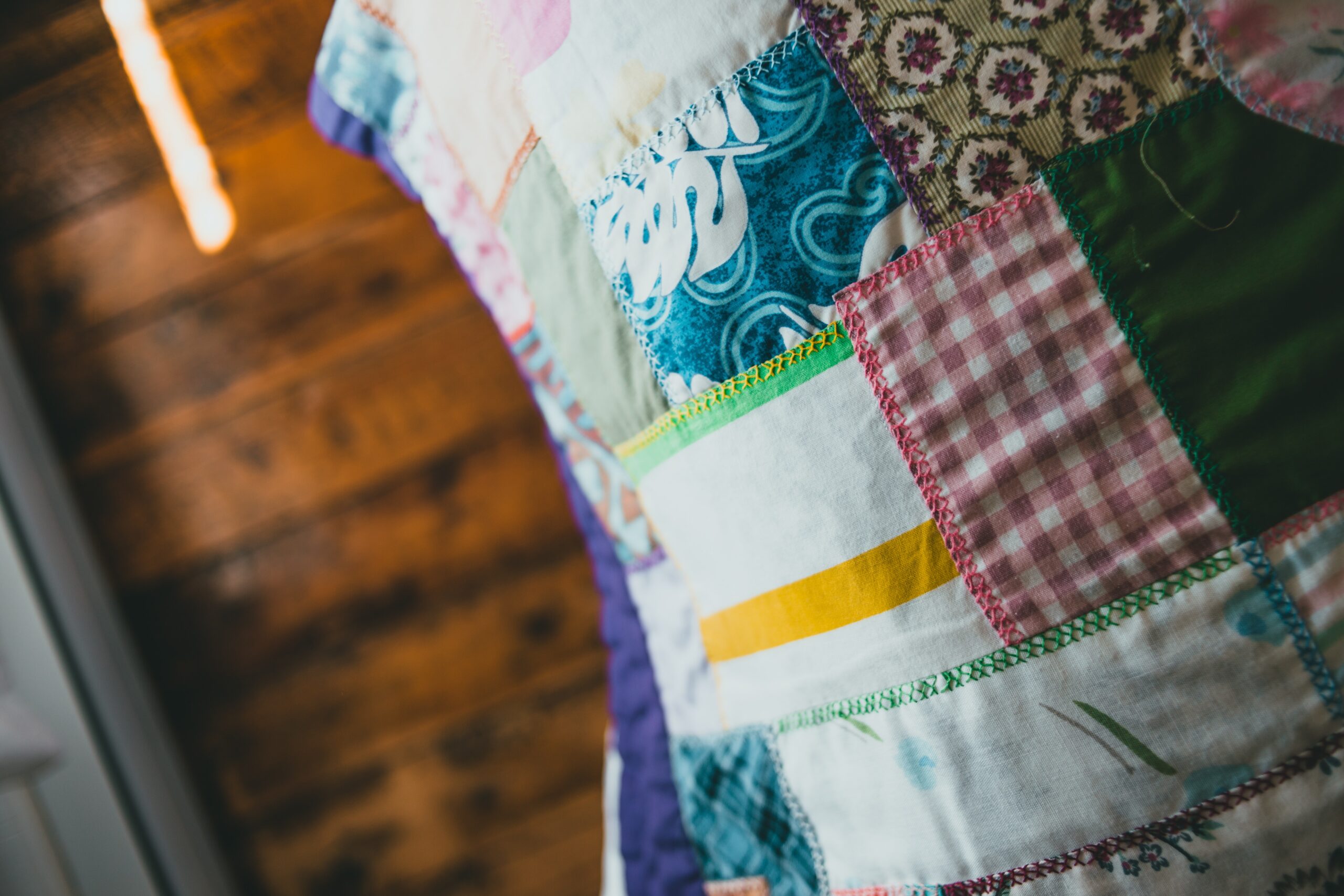The storytelling power of quilting is being celebrated through the latest exhibition crafted by artist Bisa Butler.
Titled The World Is Yours is Butler’s beautiful collection of quilts. The show is currently on display at Jeffrey Deitch in New York City through June 30.
The large-scale quilts explore various stories about the Black community. The pieces blend Butler’s quilting techniques with images pulled from the works of photographers like Jamel Shabazz and Gordon Parks. Butler creates the quilts from a combination of textiles like Nigerian hand-dyed batiks, silk, wool, velvet, and African wax-resist cotton.
The exhibition is a nod to prominent figures and themes that have shaped Black history. The show includes quilts with images of the rap group Salt-N-Pepa as well as quilts exploring themes of the Jim Crow era
Butler is hopeful the exhibition will inspire younger generations to continue uplifting Black history.
“African Americans have overcome tremendous odds to build their communities and customs despite pervasive obstacles, and I want the new generation to keep up that fight,” Butler told Jeffrey Deitch in a post detailing the exhibition.
The exhibition’s title is even a nod to Hip Hop history. It was inspired by a song by rapper Nas.
“I am saying to all people who may have been mistreated through acts of prejudice and racism that this world also belongs to them. In fact, this world belongs to all of us, and it always has,” Butler told Jeffrey Deitch. “The statement ‘The World Is Yours’ encourages people to stay the course and never stop trying to create the life they envision.”
“The World is Yours” exhibition builds on the long tradition of Black women using quilting to archive Black history.
For centuries, quilting has served to document the stories of Black families and build community among Black women. Quilting has even served as a means for Black women to gain financial mobility through entrepreneurship.
Butler’s collection also highlights the continued importance of quilting in contemporary art. It speaks to the continued need to highlight the contributions of Black women quilters and their work to preserve Black history through colorful creations.
